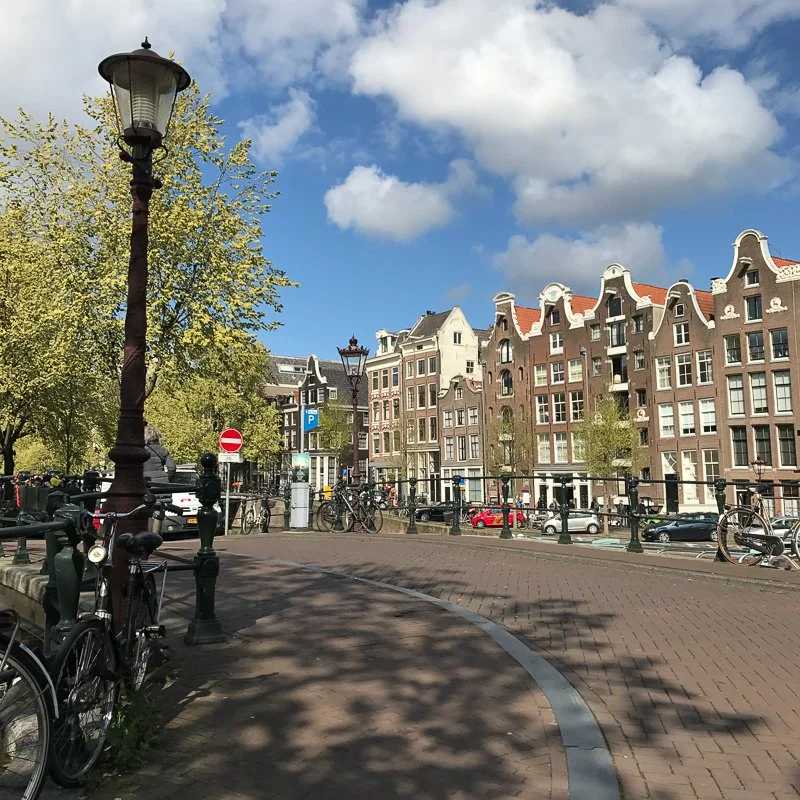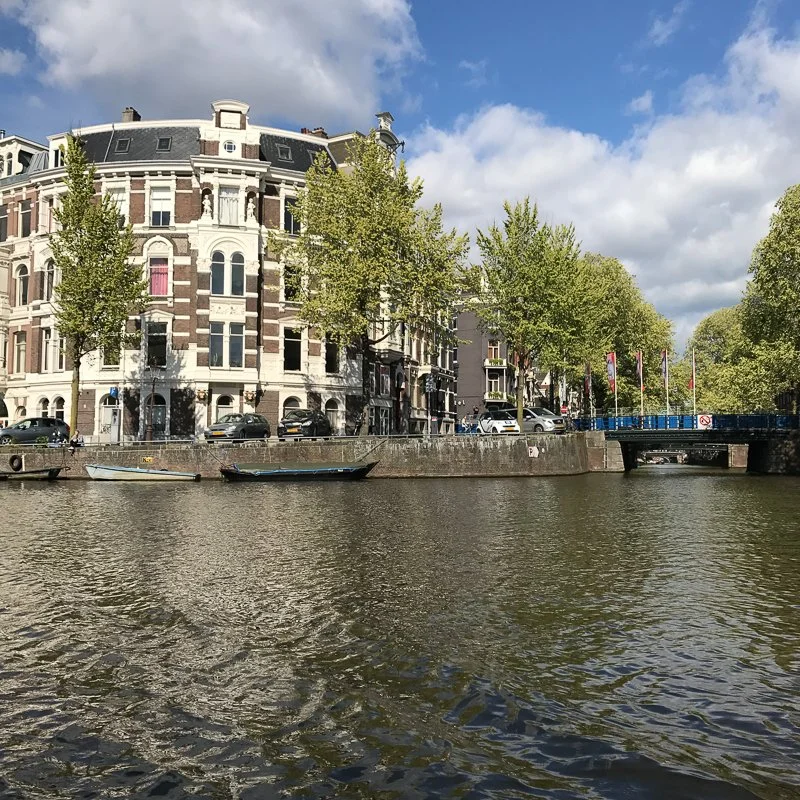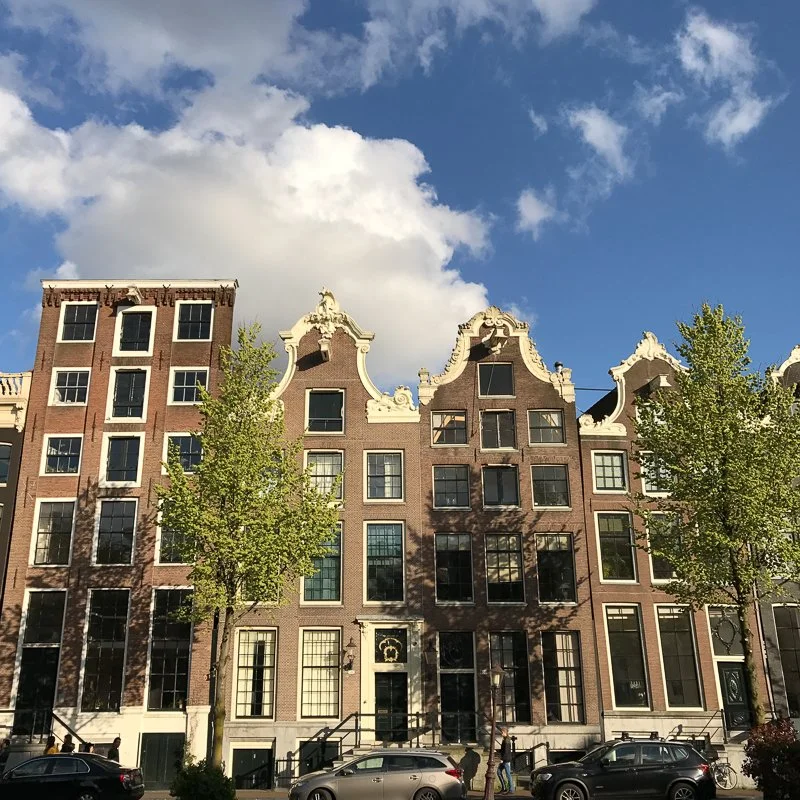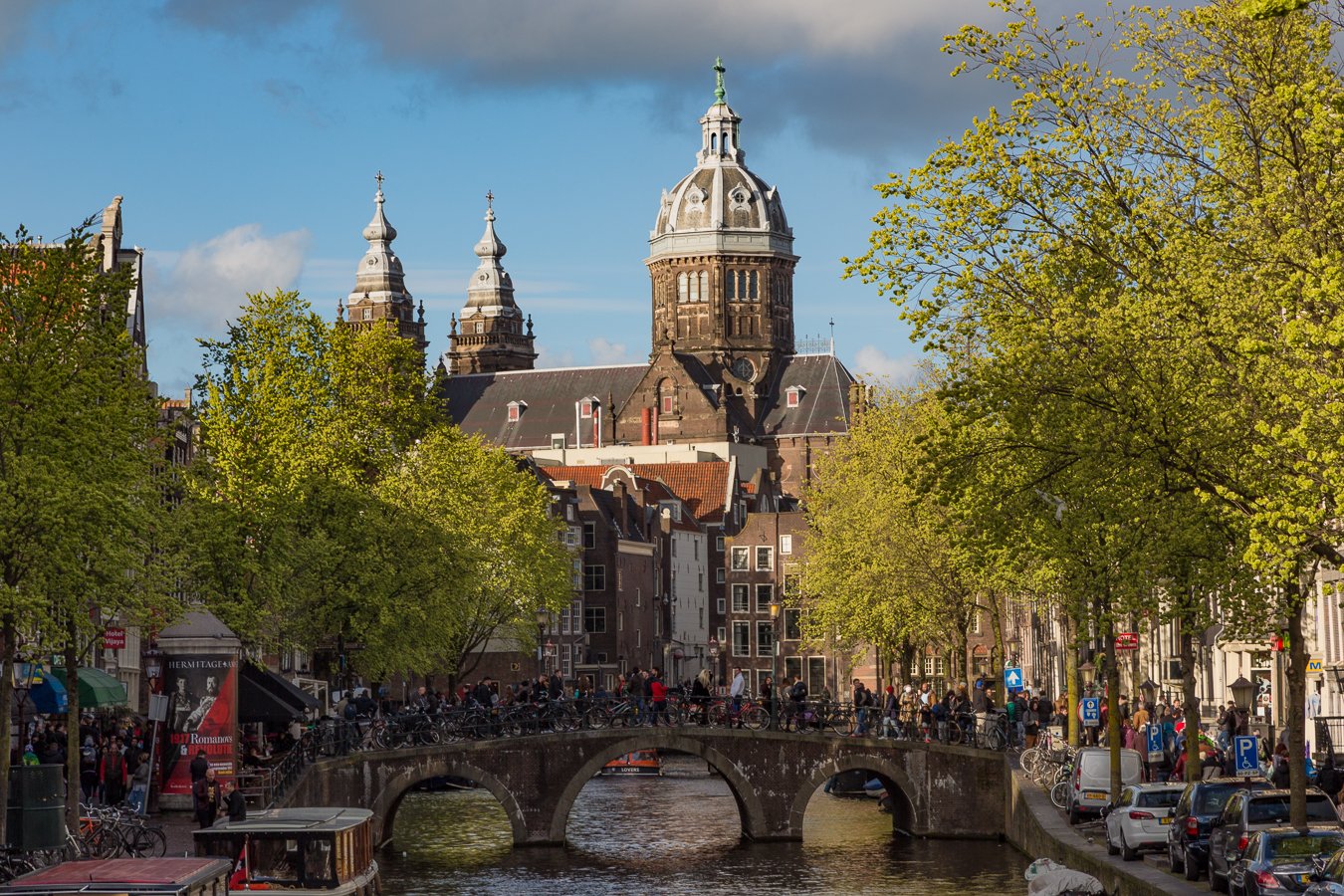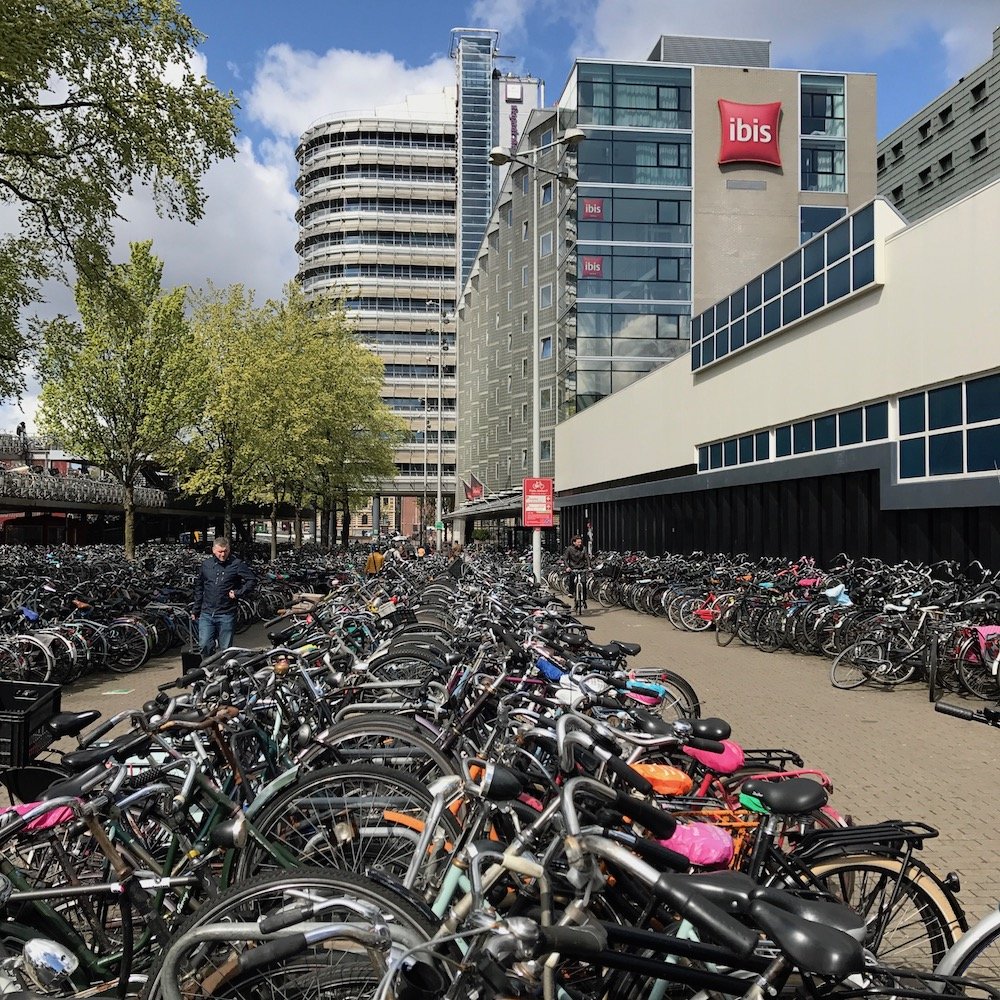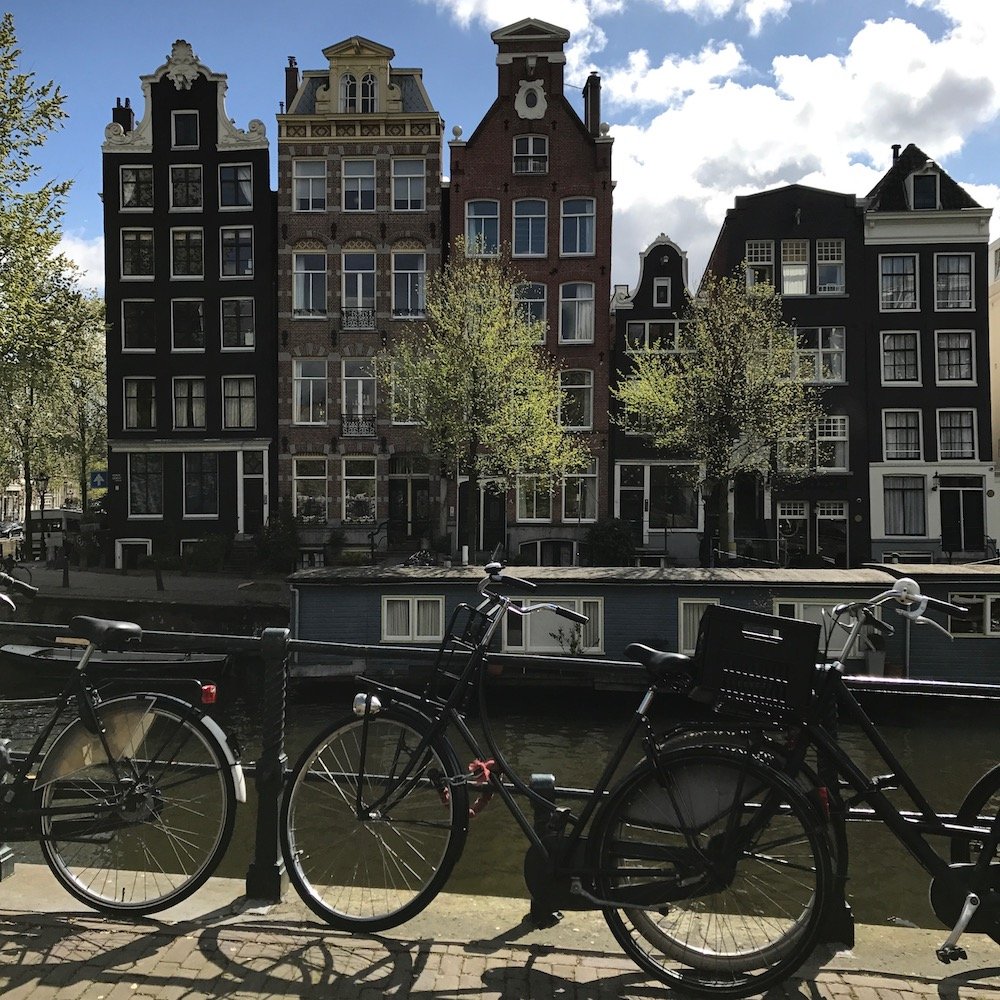Guide to see 17th-Century Canal Rings in Amsterdam
Since the Golden Age, the canal rings in Amsterdam have stood out as one of the most beautiful and unique urban landscapes in the world. They represent the most magnificent urban planning project to be developed and implemented in 17th-century Europe. In 2010 they gained status as a UNESCO World Heritage Site. Unique in their circular design rather than right angles, the canals were originally built to allow the city to expand beyond its original fortified boundaries and accommodate the explosive growth in population. Amsterdam’s booming maritime trade was bringing in thousands of new residents and between 1600 and1650 the population had tripled from 60,000 to 200,000, making it the third largest city in Europe.
Early city planners were smart. They intentionally lined the waterways with trees, adding aesthetic value and shade during hotter months. This unique feature had Amsterdam being compared to “paradise” by foreign visitors. Of the main three canals, the Herengracht, and the Keizersgracht were design to be exclusively residential for the affluent, no form of commerce was permitted in these houses. Within the third main canal, the Prinsengracht, warehouses and businesses such as breweries could be found. Many of the original structures have stood the test of time and are still around today.
Get to know the canal rings in Amsterdam with a cruise
For a first-timer, and even a repeat visitor, the best way to say hello to Amsterdam is with a canal tour. These tours come in all shapes, sizes and price points. Seriously, the possibilities are endless here. Hop on an open-air canal boat with a guide in your language, take a night cruise with dinner and drinks, hire a private boat, keep the little ones entertained on a family-friendly kids tour, devour a cheese and wine tour (yes, please), or eat your heart out on a pizza cruise.
Walk, wander and roam the canal rings
Amsterdam is a city like no other. Just by strolling over the many bridges and canals you can get an up close and intimate look at the iconic canal houses, churches and monuments. Arm yourself with a guide book or hire a tour guide. You’ll learn about the district’s 400-year-old history, understand the development of the many different neighborhoods and enjoy the flexibility of stopping into a cafe for an afternoon snack. When I was in Amsterdam I found it really easy to wander around, admire the canal rings, make my photographs, and not get lost. There is so much activity going on along the sidewalks, and in the shops and cafes that my mom and sister didn’t mind the slow pace I took to soak everything in and photograph for my UNESCO World Heritage Site project.
See the canal rings by bike
Biking in Amsterdam is almost synonymous with being in Amsterdam. Since I was traveling with my mom and sister I wasn’t actually able to enjoy the bike life on this trip though. My mom has mobility issues and it wouldn’t have been very daughterly of me to hop on a bike and leave her in the dust. We kept to walking, buses and taxis. I do know that it is very easy to hire a bike and ride all around the city. There are several bike share companies or you can rent a more inconspicuous bike that won’t automatically peg you as a tourist.
Pro tip:
People on bikes pretty much have the right of way here. If you are a pedestrian you’d better hop out their way quick when you hear the little “ding-ding” of the bell. You probably won’t get run over by a car but you just might get mowed down by a bicycle.
Enjoy your time
Amsterdam has world-class museums, diverse and exciting neighborhoods, and 400 years of rich history. With many affordable flights from the U.S. and Europe, it's easy to make it to this UNESCO World Heritage Site.

